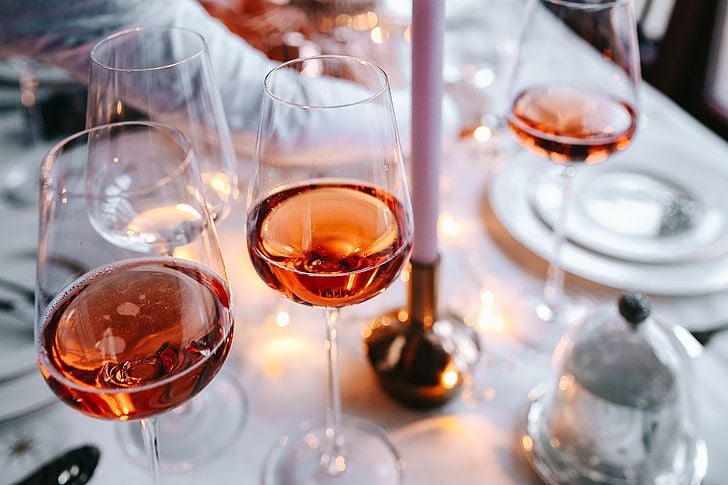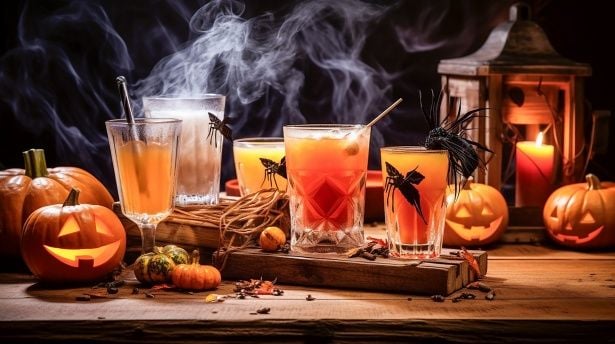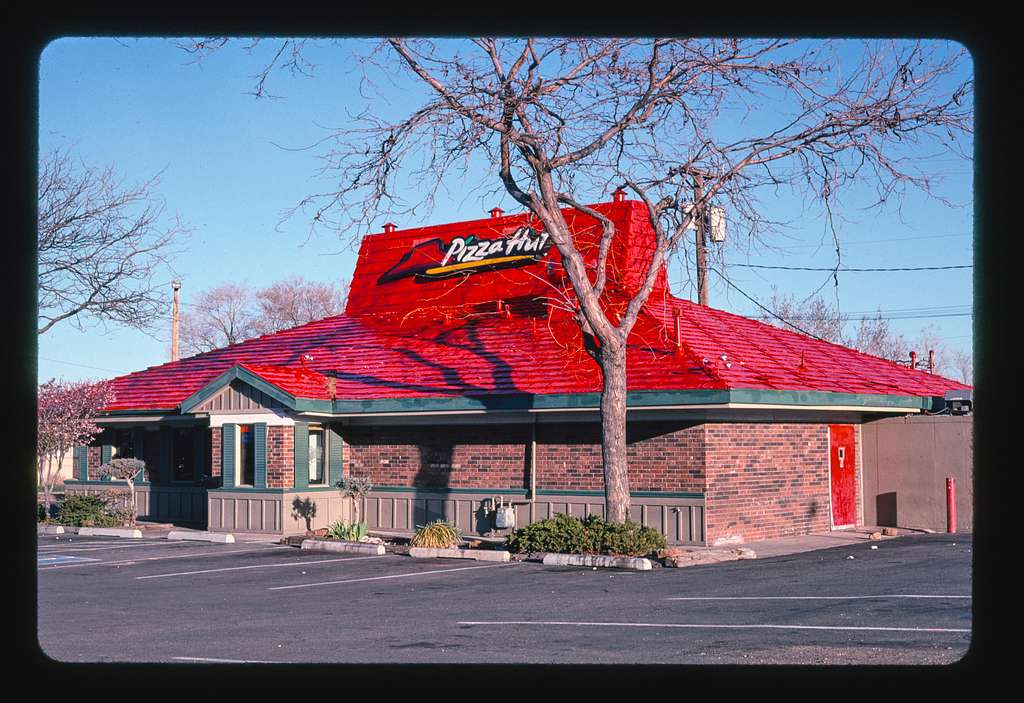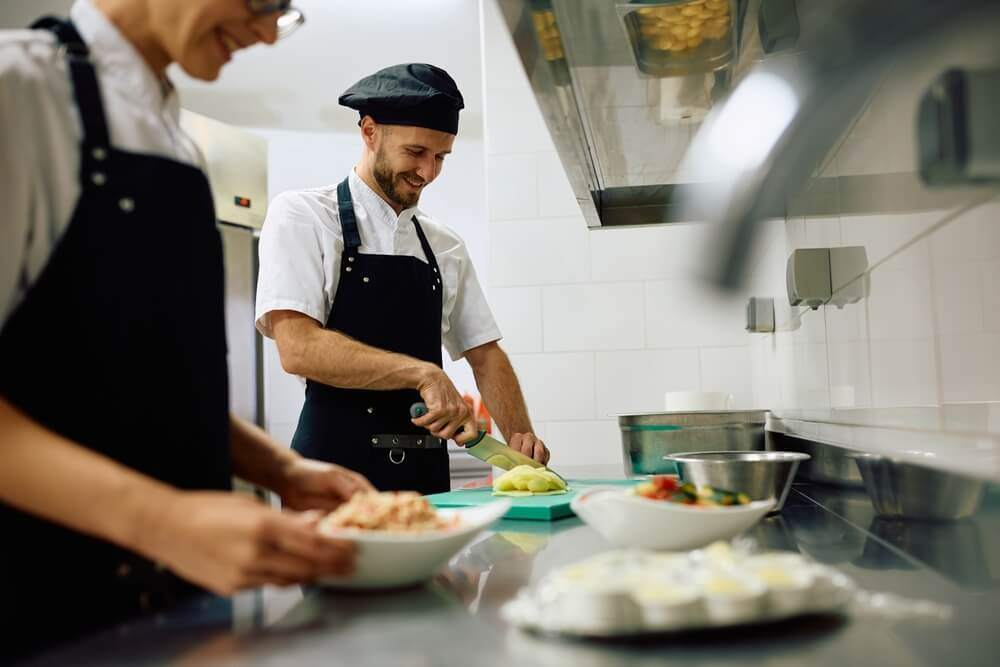
Cracking the Sugar Conundrum: Substitutes When Your Brown Sugar Runs Out
- Apr 26, 2024
Ever started making your signature chocolate chip cookies or that delightful barbecue sauce, only to find your brown sugar has solidified like a rock or disappeared completely? Not to worry! Chances are you already have one or two potential replacements that could save your recipe-albeit with a few adjustments. Let's unravel the solution to this sweet dilemma.
Understanding what brown sugar constitutes is crucial. It is essentially white granulated sugar infused with molasses, the very ingredient giving it a moist, soft texture and a deep caramel flavor. This rich sweetness accentuates sauces and enhances savory dishes. Interestingly, it's this moisture that makes brown sugar prone to lumping. The sugar is mildly acidic due to the molasses, which is why recipes with brown sugar often utilize baking soda for leavening.
The specifics of the molasses content determine whether we categorize the sugar as light brown which contains 3 to 4% molasses or dark brown with 6 to 10% molasses. You can interchange these types; the primary distinction lies in the hue and taste.
Replacement of brown sugar logically starts with its core ingredients - white sugar and molasses. Not only does homemade brown sugar whip up in no time, but it also eliminates the issue of the remaining sugar turning rocky. Experienced pastry chef Emily Spurlin suggests one tablespoon of molasses per cup of white or cane sugar. Other recipes mildly reduce the molasses to two teaspoons per cup of white sugar. Here's where your personal flavor preference comes into play.
"In the absence of molasses, equivalent quantities of maple syrup or malty buckwheat honey work as substitutes," says Spurlin. These offer similar acidic reactions like brown sugar in baking recipes. Likewise, the rich and dark date syrup, having a layered molasses-like sweetness and resembling low pH, can replace molasses convincingly.
The liquid sweeteners mentioned earlier can solely be used if white sugar isn't available, preferably not in baked items as their higher moisture content alters the end product’s texture. They suit sauces, glazes, or drinks, but start by using less quantity than the recipe specifies, usually two-thirds to three-quarters. "Don't forget to add salt, my favorite dessert ingredient," advises Mindy Segal, the proprietor of Mindy's Bakery in Chicago.
Unpolished brown sugars such as turbinado, demerara, and muscovado all have molasses, offering excellent 1:1 substitutes for brown sugar. Muscovado sugar, available in light and dark versions, is a favorite of both Spurlin and Segal and closely resembles brown sugar. "Dark muscovado sugar yields a rich, robust coffee cake. It's almost pumpernickel dark," Segal shares.
Also, personal chef Katie Schwartz recommends substituting coconut sugar at a 1:1 ratio, especially in glazes and caramels. Coconut sugar, a brownish granulated sugar derived from coconut palm sap, boasts flavors akin to brown sugar but with a distinctive smoky, savory undertone.
The objective is to sweeten, right? Well, it's not that easy. Brown sugar carries more moisture, and a direct substitution with white sugar results in a crisper, flatter end product. Hence, if a recipe demands less than half as much brown sugar as white sugar and no baking soda, use white sugar in equal parts instead of brown. And when you do run out of brown sugar, don't let stop your gastronomic endeavors. Better yet, turn off the stove, lace up your shoes, and eliminate any reoccurrences with a quick trip to the grocery store.






